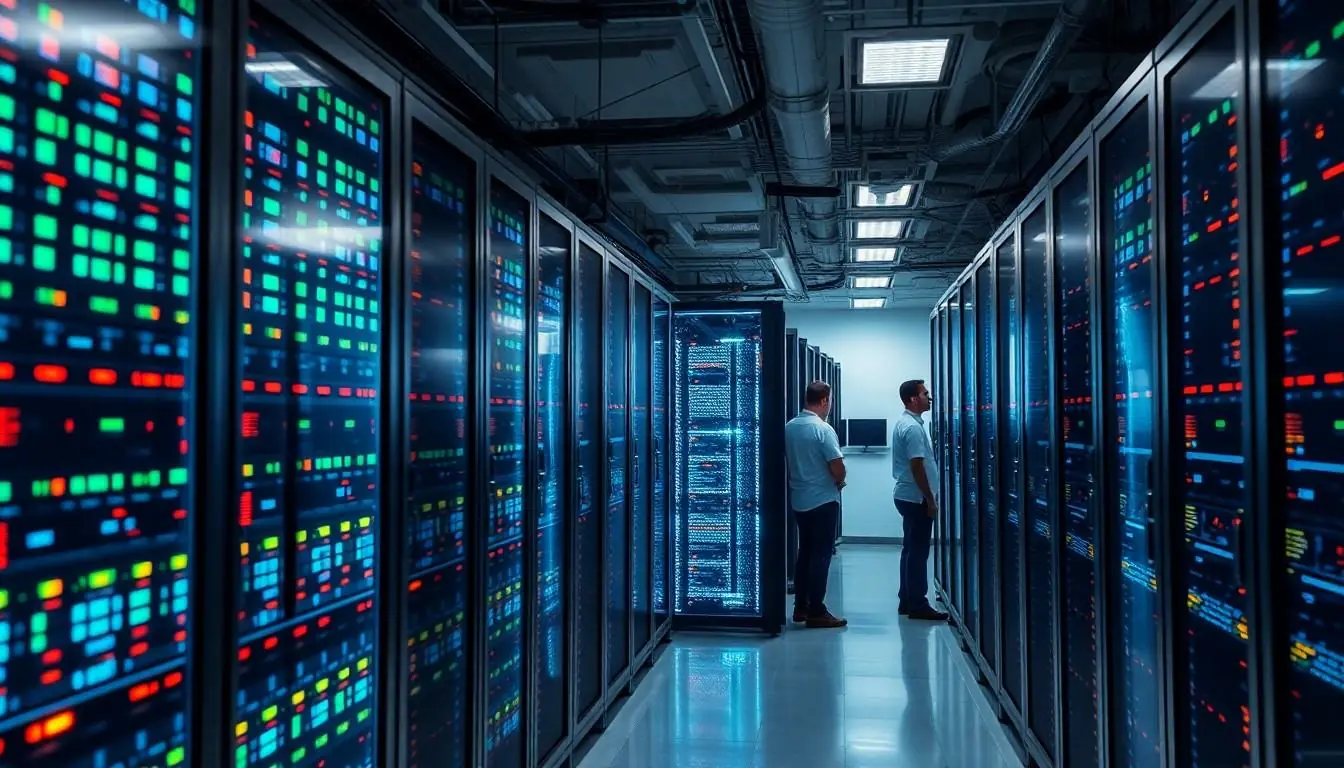Table of Contents
ToggleEver found yourself staring at a spinning wheel while waiting for ChatGPT to deliver its wisdom? You’re not alone! Many users are scratching their heads, wondering why their trusty AI sidekick seems to be taking its sweet time. Is it contemplating the meaning of life or just caught in a digital traffic jam?
In a world that thrives on instant gratification, a slow ChatGPT can feel like watching paint dry. But fear not! There are reasons behind the sluggishness, and understanding them can turn frustration into enlightenment. Dive in to uncover the quirky factors that might be slowing down your chat experience and learn how to speed things up, so you can get back to those witty conversations and profound insights without the wait.
Understanding ChatGPT Performance
ChatGPT’s response time can vary based on several factors. Server load plays a crucial role; when many users engage simultaneously, delays become evident. Network issues may also contribute to slower performance. Connectivity problems can disrupt the flow of data between users and the servers hosting ChatGPT.
Additionally, model complexity affects processing speed. Advanced algorithms require significant computational power. This complexity may slow down response times, particularly during peak usage. Requests featuring intricate prompts or extensive context naturally take longer to process.
User habits also influence speed. Frequent requests or the number of queries can lead to longer wait times. Understanding these patterns helps manage expectations. Browser performance is another factor; outdated software may hinder the application’s efficiency.
Optimization efforts are ongoing, though. Developers constantly work to improve infrastructure and streamline algorithms. These advancements aim to enhance overall user experience. By recognizing underlying causes, users can adjust their interaction strategies.
Ultimately, users benefit from patience during high-traffic periods. Adapting to peak times may yield faster responses. Keeping software updated and evaluating network stability also positively affect performance.
Common Reasons For Slow Response Times

Users often experience slow response times due to several key factors. Understanding these reasons can help users manage their expectations and improve their overall experience.
High User Traffic
High user traffic significantly impacts response times. When many users access ChatGPT simultaneously, the demand on the servers increases. This heightened activity can lead to longer wait times as requests queue up for processing. Furthermore, peak usage times often coincide with added delays. Developers continuously monitor traffic patterns to address these fluctuations, ensuring optimal performance during busy periods.
Server Limitations
Server limitations also contribute to slow responses. Each server node has a finite capacity for handling requests, which can result in bottlenecks under heavy workloads. Resource allocation plays a crucial role here, as some servers may reach their limits while others remain underutilized. Managing these resources effectively helps developers minimize delays. Additionally, periodic maintenance on servers can temporarily affect performance as updates are applied.
Complexity of Queries
Complexity of queries further extends response times. When users input intricate or nuanced prompts, the model requires additional processing power to generate accurate and relevant replies. Each complex query demands more computational resources, leading to longer response times. Simplifying queries can enhance efficiency. Developers continually refine the algorithms to balance complexity with speed, aiming to improve response times for all types of requests.
Technical Factors Affecting Speed
Understanding the technical factors affecting ChatGPT’s speed provides insights into user experiences. Several elements contribute significantly to response times.
Infrastructure Challenges
Server load often impacts response times. High user traffic strains server resources, leading to delays. Each server node supports a limited number of requests simultaneously. At peak periods, the demand can exceed available capacity, which creates bottlenecks. Additionally, geographical distance between users and server locations can further slow down responses. After considering latency, users experience longer wait times as data travels back and forth. Overall, modern infrastructure needs continual upgrades to handle increasing user demands effectively.
Software Updates and Maintenance
Regular software updates enhance performance but may temporarily affect speed. These updates often include vital bug fixes and optimizations. Each maintenance window focuses on improving system stability and efficiency, yet users might notice slower response times during these periods. As developers push updates, they also implement backend enhancements that contribute to overall speed in the long run. Continuous maintenance ensures the system remains robust, allowing for quicker responses once temporary slowdowns subside. Regular updates help balance the scale between immediate experience and long-term functionality.
User Experience During Slow Times
Users often face frustration when ChatGPT experiences delays. Understanding the factors influencing response times can greatly enhance the experience.
Tips For Improving Response Times
Reducing the number of requests made in a short period can alleviate server strain. Simplifying queries helps as well; less complex questions require quicker processing. Maintaining a stable and fast internet connection minimizes latency issues. Regularly refreshing the browser can also yield better performance. Choosing off-peak hours for interaction often results in faster responses, as user traffic decreases.
Alternative Solutions
Utilizing different AI platforms may provide quicker responses during peak times. Exploring alternatives can help users find tools that match their needs. Using offline resources or applications can serve as stopgaps when experiencing delays. Employing more straightforward software for simple tasks can enhance efficiency. Engaging with ChatGPT forums or community discussions can share insights on navigating slow periods effectively.
Understanding why ChatGPT experiences slow response times can help users navigate their interactions more effectively. Factors like server load and network issues play a significant role in these delays. By being mindful of usage patterns and adjusting queries, users can enhance their experience.
It’s essential to maintain a stable internet connection and engage during off-peak hours when possible. Developers are continuously working on optimizing performance to better accommodate user demands. While occasional slowdowns are frustrating, recognizing the underlying causes can lead to a more satisfying engagement with ChatGPT.







